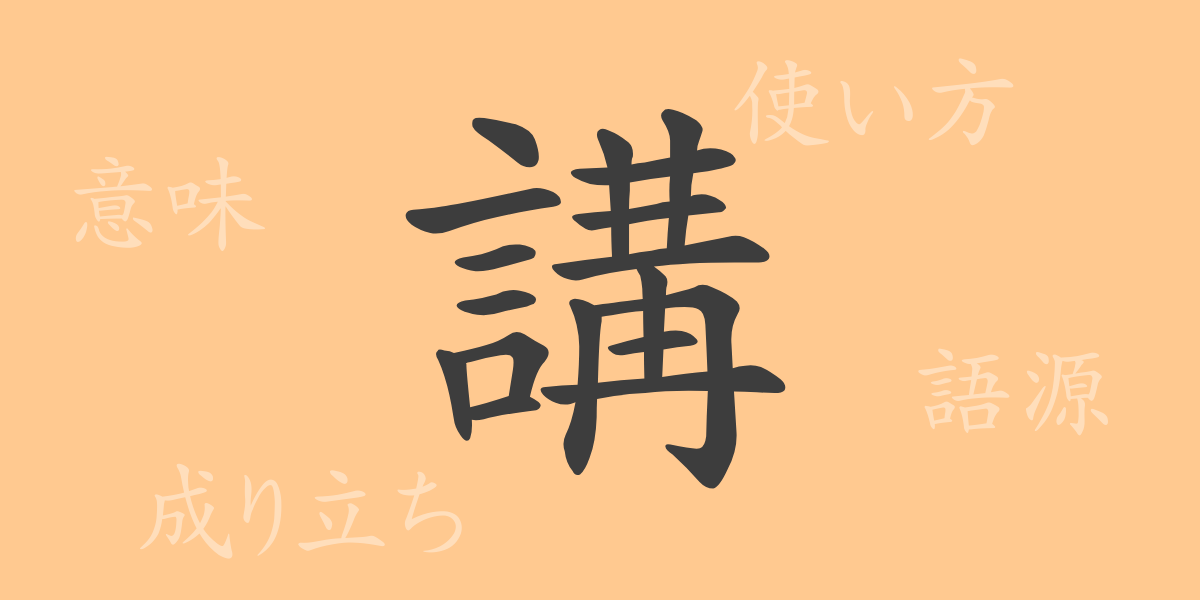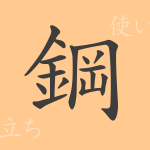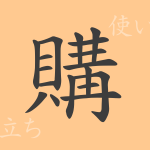The meaning and history encapsulated in a single kanji reflect the depth of a country’s culture and language. The Japanese common-use kanji “講(こう)” is frequently used in scenes involving study, discussion, and gatherings. This article delves into the origins, modern usage, and related idioms and phrases of the kanji “講(こう),” exploring its charm in detail.
Origins of 講(こう)
The kanji “講(こう)” has its origins in ancient China. Originally derived from “高(こう),” it combines “言(げん),” meaning to speak, with “高(こう),” meaning high place. This reflects the ancient Chinese custom of speakers standing in high positions during lectures or teachings. As a character, “講(こう)” came to mean elevating words, or teaching.
Meanings and Uses of 講(こう)
In modern Japanese, “講(こう)” primarily refers to actions related to teaching, discussing, or lecturing. It is also used as a verb form, “講じる(こうじる)” or “講ずる(こうずる),” indicating the act of discussing or planning specific matters. It is widely used in various contexts, such as lectures in educational institutions or gatherings in hobby circles, referred to as “講座(こうざ).”
Readings, Stroke Count, and Radical of 講(こう)
Let’s take a look at the basic information about the kanji “講(こう).”
- Readings: On’yomi (音読み) is “コウ”; there is no Kun’yomi (訓読み).
- Stroke count: 17 strokes.
- Radical: 言(ことばへん), meaning speech.
Idioms, Phrases, and Proverbs Using 講(こう)
There are many idioms, phrases, and proverbs in Japanese that include “講(こう).” Here are a few examples:
- 講義(こうぎ): A lecture given by a teacher to students in a school.
- 講演(こうえん): A talk or presentation given to a large audience.
- 講座(こうざ): A series of lectures or the place where these lectures are held on a specific subject.
- 講和(こうわ): Discussions aimed at restoring peace between warring or disputing parties.
- 講習(こうしゅう): Short-term classes or seminars aimed at teaching specific skills or knowledge.
Conclusion on 講(こう)
The kanji “講(こう)” symbolizes important concepts in communication such as discussion and education. Understanding its origins and the evolution of its meanings allows us to appreciate the richness of the Japanese language and the depth of connections forged through words. Learning idioms and phrases that include “講(こう)” helps in mastering the correct use of language and enhances expressive abilities.

























